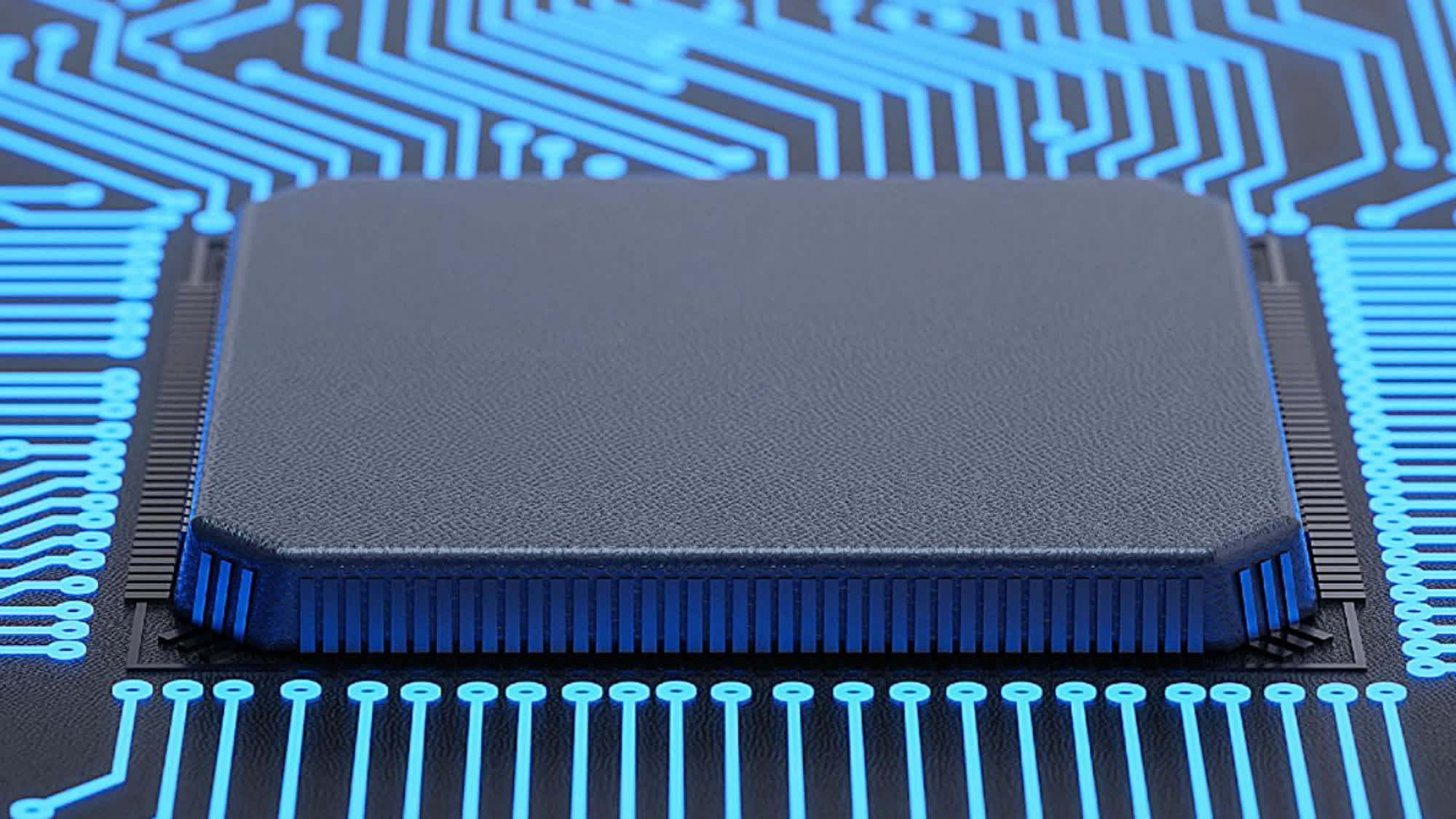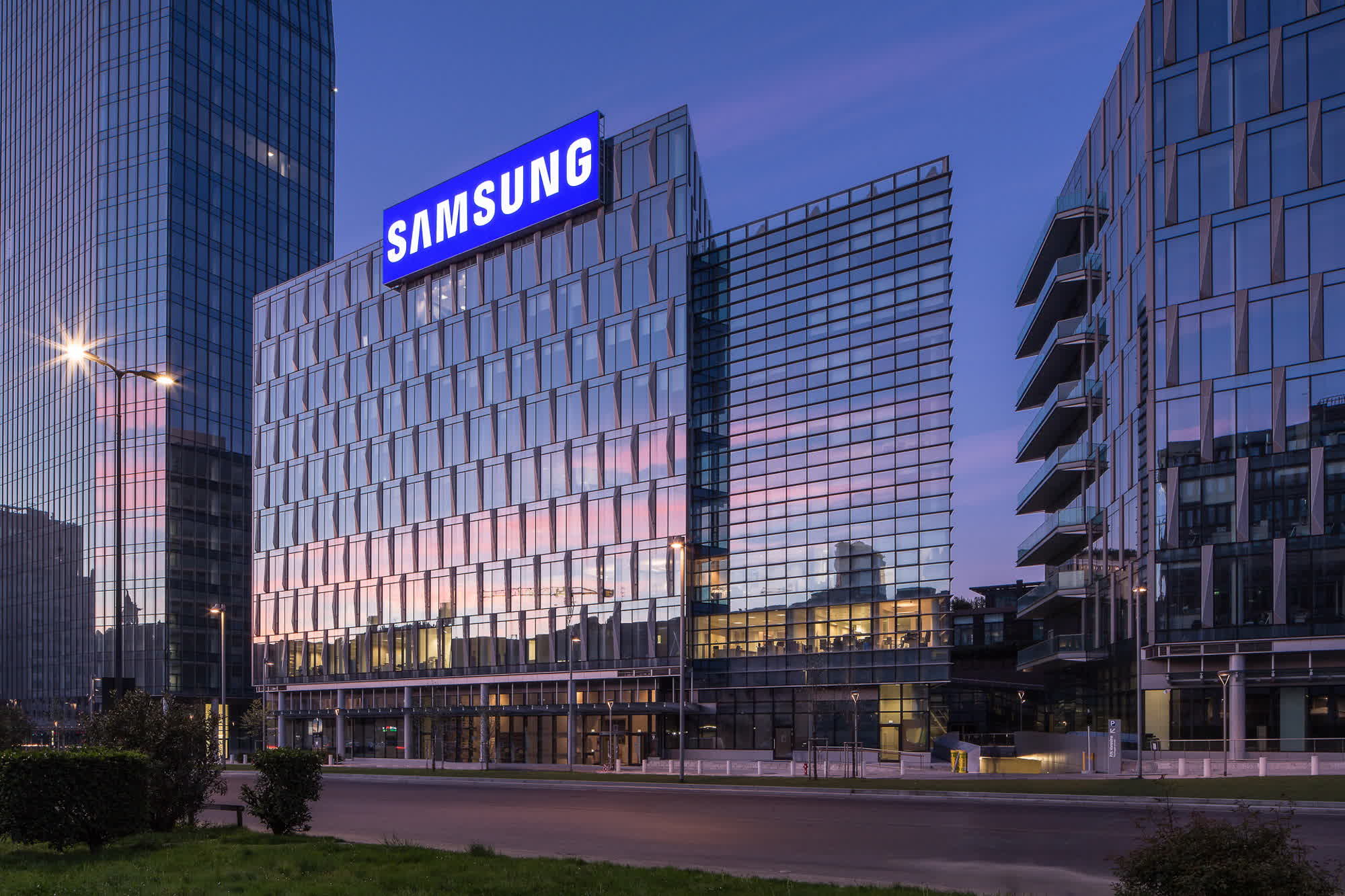A hot potato: Samsung isn't doing any major GPU-related projects right now. Even the Exynos Arm SoC used in Galaxy phones uses AMD's RDNA architecture for graphics-related tasks, but changes are coming as the company starts throwing money into GPUs.
BusinessKorea recently reported that Samsung Electronics approved a new "GPU Investment Proposal" earlier this year. Samsung's management committee ratified the proposal in March, marking the company's first significant investment in a GPU-related project in years. Where Samsung will focus these new development efforts is still a topic of speculation and unconfirmed theories.
The proposal marks the first significant investment in GPU technology since 2012. Samsung is likely trying to become a competitive player in the ever-growing market. The company is already the world's largest memory manufacturer, making HBM chips for high-performance GPUs developed by third-party corporations like Nvidia.
Although there are no specific details about the investment, Samsung's departure from its traditional targets in the chipmaking business is well in line with today's latest market trends. The AI business is in full swing, and GPUs are one of the most sought-after products for Big Tech corporations like Microsoft and smaller ventures trying their luck with this new generative AI gold rush.

Nvidia, the company currently making the most powerful and capable GPU and AI accelerator products on the market, is now the most valuable company in the world. However, Samsung could be more interested in improving its manufacturing processes rather than making a new GPU in the traditional sense.
The Korean electronics superpower's GPU investment might accelerate the creation of specific digital twins, making an AI-based virtual replica of a fully automated semiconductor plant. Samsung has already outlined a plan in the past and is working in partnership with Nvidia to meet its digital twin target by 2030.
Another potential application of Samsung's GPU-related investment is the company's High-Performance Computing (HPC) Center, recently built at the Hwaseong campus. The HPC facility took three years to complete and now hosts large-scale servers and network equipment required for semiconductor design. Samsung could buy a significant chunk of GPU hardware to fill the plant, using the newly built capabilities for improved research efforts or other AI-related tasks.
